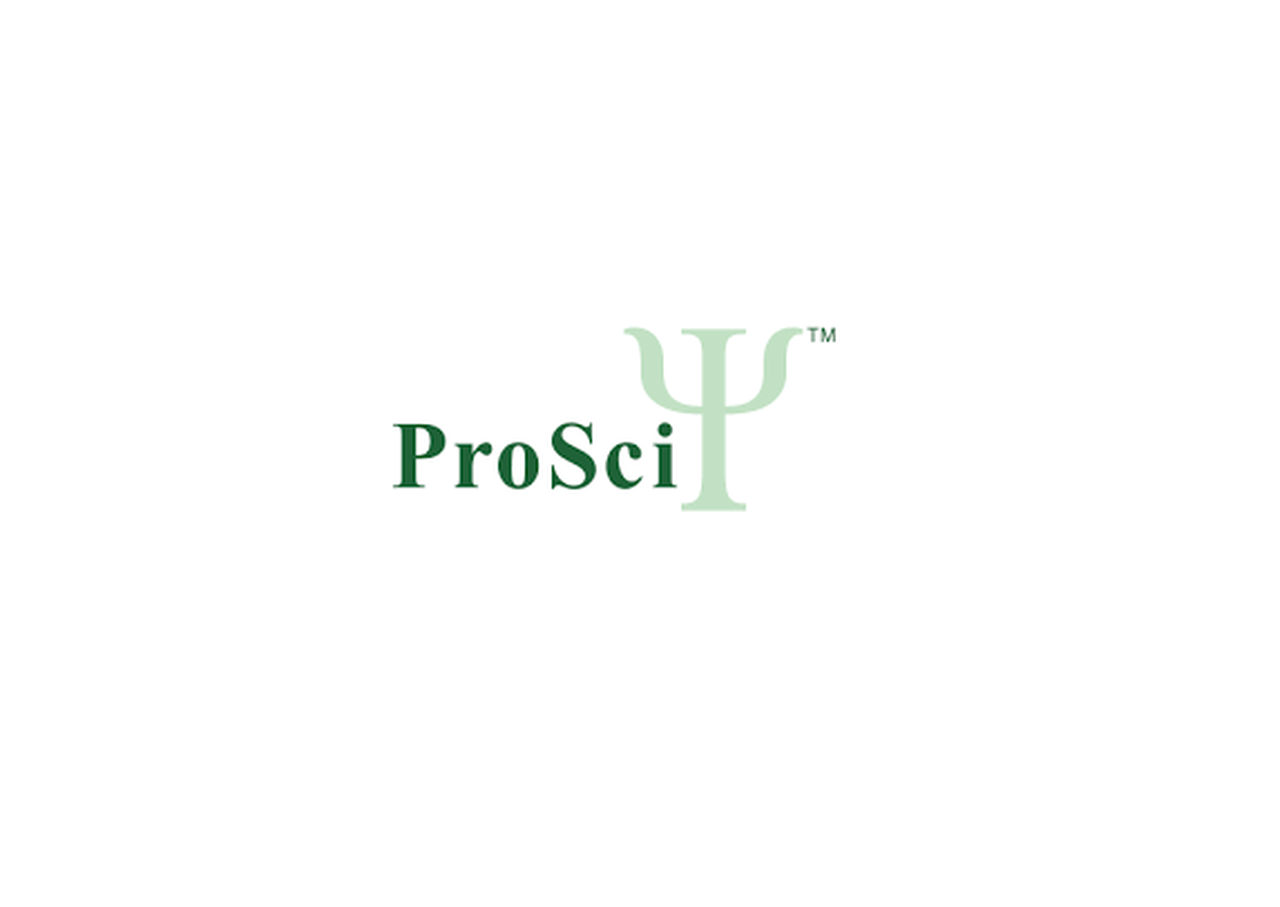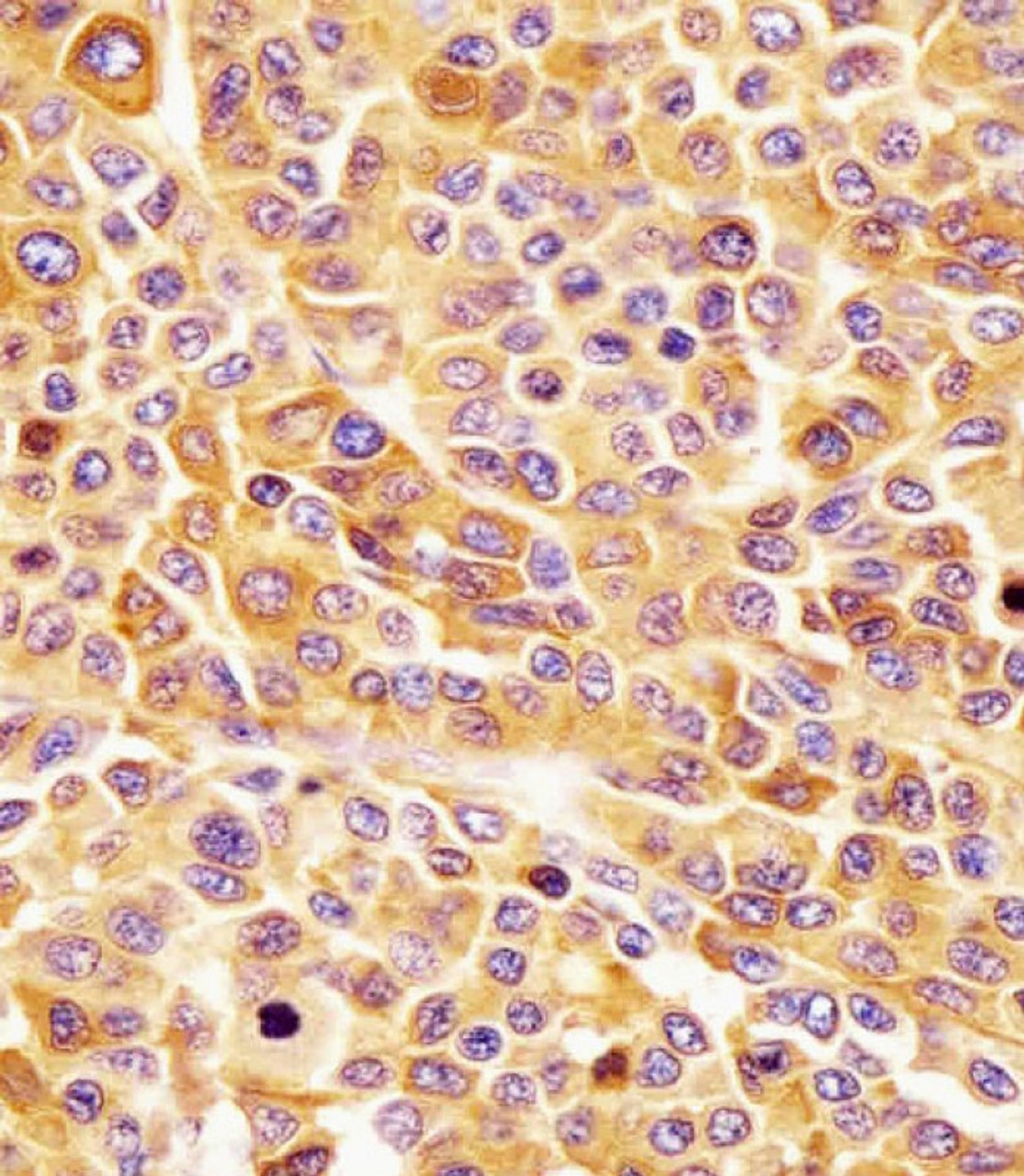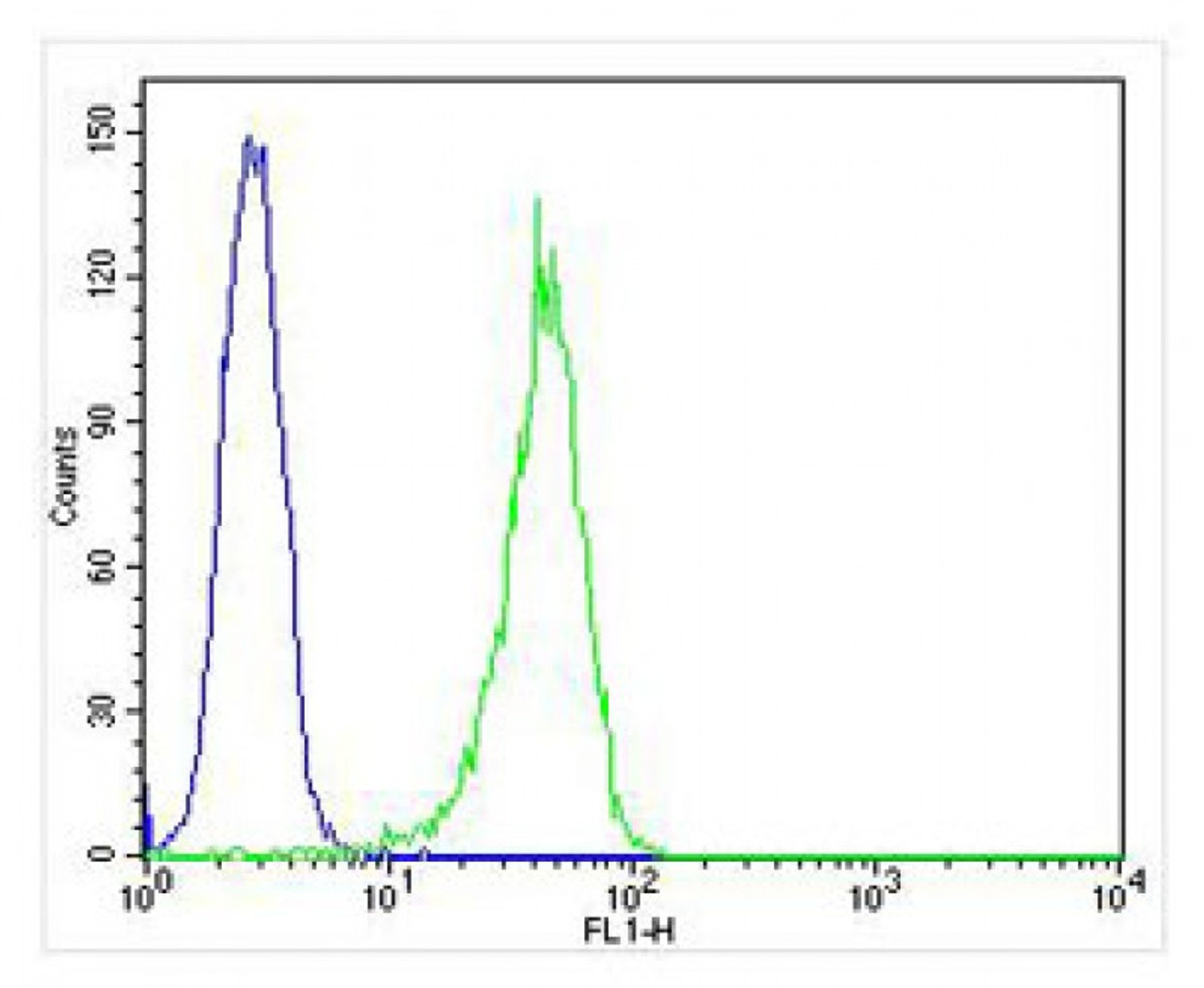Product Description
CD63 Antibody | 61-885 | ProSci
Host: Rabbit
Reactivity: Human
Homology: N/A
Immunogen: This CD63 antibody is generated from rabbits immunized with a KLH conjugated synthetic peptide between 163-190 amino acids from the C-terminal region of human CD63.
Research Area: Cancer, Immunology
Tested Application: WB, IHC-P, Flow
Application: For IHC-P starting dilution is: 1:25
For FACS starting dilution is: 1:25
For WB starting dilution is: 1:1000
Specificiy: N/A
Positive Control 1: N/A
Positive Control 2: N/A
Positive Control 3: N/A
Positive Control 4: N/A
Positive Control 5: N/A
Positive Control 6: N/A
Molecular Weight: 26 kDa
Validation: N/A
Isoform: N/A
Purification: This antibody is purified through a protein A column, followed by peptide affinity purification.
Clonality: Polyclonal
Clone: N/A
Isotype: Rabbit Ig
Conjugate: Unconjugated
Physical State: Liquid
Buffer: Supplied in PBS with 0.09% (W/V) sodium azide.
Concentration: batch dependent
Storage Condition: Store at 4˚C for three months and -20˚C, stable for up to one year. As with all antibodies care should be taken to avoid repeated freeze thaw cycles. Antibodies should not be exposed to prolonged high temperatures.
Alternate Name: CD63 antigen, Granulophysin, Lysosomal-associated membrane protein 3, LAMP-3, Melanoma-associated antigen ME491, OMA81H, Ocular melanoma-associated antigen, Tetraspanin-30, Tspan-30, CD63, CD63, MLA1, TSPAN30
User Note: Optimal dilutions for each application to be determined by the researcher.
BACKGROUND: CD63 is a member of the transmembrane 4 superfamily, also known as the tetraspanin family. Most of these members are cell-surface proteins that are characterized by the presence of four hydrophobic domains. The proteins mediate signal transduction events that play a role in the regulation of cell development, activation, growth and motility. This encoded protein is a cell surface glycoprotein that is known to complex with integrins. It may function as a blood platelet activation marker. Deficiency of this protein is associated with Hermansky-Pudlak syndrome. Also this gene has been associated with tumor progression. The use of alternate polyadenylation sites has been found for this gene.
 Euro
Euro
 USD
USD
 British Pound
British Pound
 NULL
NULL












